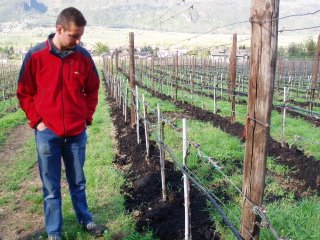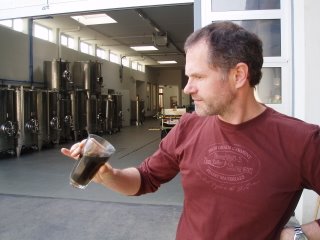Farming is not just about technology and numbers. Its about abilities and capacities and judgement. Developing observation skills is a fundamental part of learning to diagnose health and illness and the first step towards finding the right "remedies" for problems on farm (in garden, orchard, vineyard, barn, cellar, etc.). In my courses, along with speaking, I draw pictures to instruct and inspire, explain and offer reflection. "My" farmers who come to my courses, not only take notes on technical issues (from building humus-composts to preventative and remedial crop spray programs), but also get a chance to paint, draw, model with clay, etc. as a part of increasing their capacity to observe and be sensitive to their natural environment - and make sound judgments. We regard such basics as the beginning of mastery. There is nothing like trying to paint something from memory, to increase our sense for needing to observe better and more carefully in the future! It all leads to more awareness and presence.















